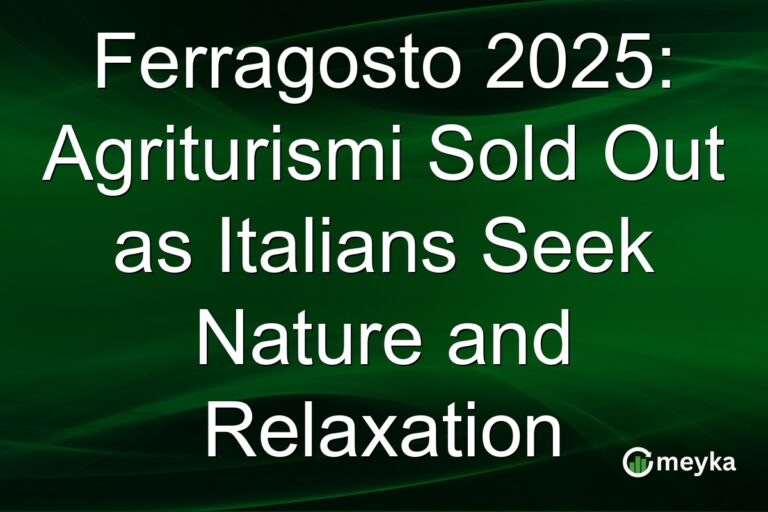‘Holey dollar’ coin: Ultra-rare Aussie treasure expected to fetch $120,000 at auction
We are watching history unfold as one of Australia’s most legendary coin heads heads to auction, an ultra-rare Holey dollar, expected to fetch A$120,000. This isn’t just about money; it’s about a clever solution born out of necessity in the early colony of New South Wales. By cutting the center from Spanish silver dollars in 1813, the colonial government created not one, but two distinct coins: the “Holey dollar” and its inner counterpart, the “dump.” What started as a practical fix has evolved into a powerful symbol of Australia’s early financial ingenuity.
What Is the Holey Dollar?
The Holey dollar was the first currency minted specifically for New South Wales. In 1812, Governor Lachlan Macquarie imported 40,000 Spanish “pieces of eight” (eeight-realilver coins) to address a dire shortage of money in the colony. Rather than leave the coins as they were, Macquarie ordered the centers to be punched out of each. This produced two coins: the outer ring became the “Holey dollar,” and the removed disk became known as the “Dump.” The coins were counterstamped: the Holey dollar was marked “NEW SOUTH WALES 1813” and given a value of five shillings, while the Dump was stamped “FIFTEEN PENCE.”
Historical Significance
Why did this bizarre coin‑splitting idea happen? In the early days of the colony, currency was extremely scarce. Foreign coins of different origins, British, Dutch, Indian, Portuguese, circulated, but much of that money flowed out of the colony through trade. Macquarie’s scheme was brilliant: by cutting the coins and overstamping them, he prevented them from being exported while doubling the number of coins in circulation. The man behind the work was William Henshall, a convicted forger transported to New South Wales. He had metalworking skills, which Macquarie used by giving him a workshop, making Henshall effectively the colony’s first mint master.
These coins entered circulation in 1814, giving the colony a stable, locally accepted currency. But by the 1820s, sterling coins were arriving. From 1822 onward, authorities gradually recalled the Holey dollars. By 1829, the majority had been melted down. Today, only about 300 Holey dollars are known to survive.
Auction Details
Right now, one of these ultra-rare Holey dollars is set to go under the hammer in Sydney, with an estimate of A$120,000. It’s being handled by Noble Numismatics, a well-known auction house, and is part of a larger historic coin and banknote sale. This is not just any example: it’s graded, well‑preserved, and highly sought after. Past sales put the value of similar Holey dollars even higher. For instance, a top-grade example sold for A$145,000 at a Melbourne auction.
The Rarity Factor
The rarity of the Holey dollar is part of what drives such strong bids. Though 40,000 Spanish dollars were imported originally, not all survived conversion. Many were later recalled and destroyed when sterling was introduced. Today, experts estimate that only about 200 are in private hands and another 100 are in museums.
Even among these survivors, condition varies a lot. Some show heavy wear; others are in better shape. But every piece is a rare link to Australia’s early days. A particularly famous example is the “Hannibal Head” Holy dollar, which features the portrait of King Joseph I of Spain. It sold for A$500,000 in 2018.
Broader Implications
This upcoming auction says something important: the market for historic Australian coins is not just alive, but thriving. Interest isn’t just among old-school collectors; newer investors, history buffs, and even everyday Aussies are drawn to such heritage pieces. Culturally, the Holy dollar stands for more than just money. It reflects a time when people in a struggling colony made creative, bold decisions to survive. It’s a reminder of the colonial pioneers, the convicts, and the leaders who shaped early Australia.
It also underscores the importance of preserving national treasures. As these coins come to light, through auctions, museums, or even metal-detecting discoveries, they help renew interest in Australia’s founding story.
Conclusion
The Holey dollar isn’t just a rare silver coin; it’s a piece of Australian identity. What began as a clever fix for a currency shortage in early New South Wales has grown into a symbol of innovation, resilience, and value. With one example now estimated to fetch A$120,000 at auction, we are reminded of how much history still matters. As the gavel falls, this coin will not only pass into a new owner’s hands, but it will pass down a story. A story of ambition, survival, and the very birth of Australia’s money.
FAQS
The rarest $1 coin is the 2000 “mule” dollar, made by mistake. It used a 10‑cent obverse die with the $1 reverse. Collectors value it highly.
The Holey dollar was made in 1813 in New South Wales. They cut out the middle of Spanish silver coins. The outer ring became the “Holey dollar”, and the middle was called the “Dump.”
Some very rare Australian 20‑cent error coins and other specialist coins have sold for up to A$20,000 at auctions.
Disclaimer:
The content shared by Meyka AI PTY LTD is solely for research and informational purposes. Meyka is not a financial advisory service, and the information provided should not be considered investment or trading advice.






